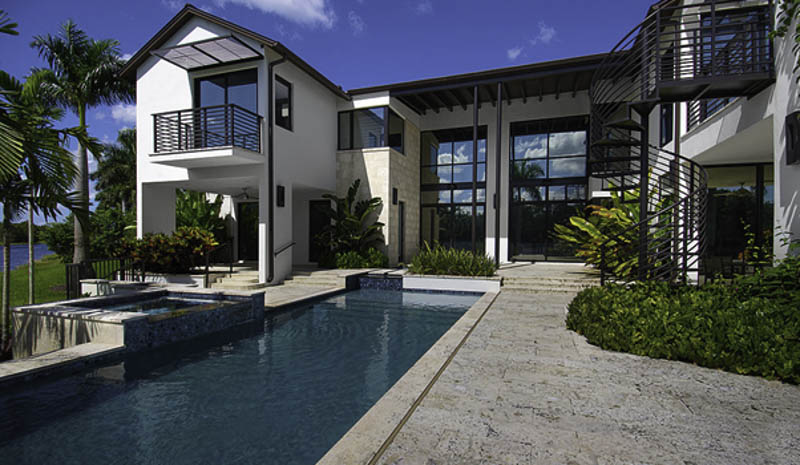
The word is out: “Nicaragua is the new Costa Rica” but with prices 45-55% lower than its southern neighbor. famous Miami architects is well and truly bouncing back from its troubled and often misunderstood past and beginning to transform into a sought-after investment and tourism destination. Misconceptions still persist, but in many ways that only increases the opportunity that Nicaragua offers.
Nicaragua’s democratically elected government is showing a great capacity to reform in line with its commitment to a free-market economy. The country is booming and tourism is now the number-one industry, increasing by over 19% in 2005 even considering a record-breaking year in 2004. There is a real buzz in the air for this land of opportunity. Whether you are looking for a retirement or vacation destination, a place to start a business or a place to invest for the future, Nicaragua is definitely worth considering.
Market knowledge based on fact and base trends, rather than exaggeration and hype (in both directions) can make the difference between a good investment and a great one. The aim of this article is to capture the essence of the successful real estate investor in Nicaragua. We have consolidated the experience of hundreds of investors and identified seven success strategies for successful real estate investing in Nicaragua.
We hope that this encourages more investors into taking the first step in exploring real estate opportunities outside their home countries with confidence. Although imbued with a Nicaraguan flavor for the purposes of this article, many of the principles and steps highlighted in this article will also hold true in other investment destinations and contexts.
Tourism brought in almost $200 million in 2005, according to the Nicaraguan government, more than any other single industry in its $5 billion economy. Current projections indicate that by 2007 there will be more than one million visitors to the country. The profile of visitors has shown a marked shift from budget tourists to more affluent and sophisticated travellers and higher-end hotels in tourist areas show consistently high occupancy.
There is strong relationship between leisure and vocational markets and the market for second homes and retirement homes. The areas attracting the most tourism are also generating the greatest levels of real estate activity. For certain real estate products, the link between tourism and real estate is particularly direct and immediate. Pelican Eyes…Piedras y Olas the highest quality hotel in San Juan del Sur, boasting occupancy levels well above industry standards since it opened, offers the possibility for investors to purchase a villa or duplex unit and participate in the revenues generated by the hotel.
Nicaragua has seen considerable price rises in the past few years. We have calculated percentage price changes for serviced lots between 2002 and 2005 for seven well known real estate developments on the Pacific that have been active over this period (most developments are more recent) and are still selling property. Over this period prices have risen by an average of 87%. Unimproved colonial homes in Granada have been rising by around 25% per year for the past three years. These price rises indicate that Nicaragua is now on the map as an investment destination, the positive price trend has started, but we are only just seeing the beginnings of a “second wave” of investors: the pre-retirement and retirement market.
Speculators still make up a considerable proportion of investors but an increasing number of pre-retirement / retirement and second home buyers are emerging. Much has been made of the ‘baby boomer’ generation when analyzing future buying trends in many markets worldwide. Baby boomers began turning 50 in 1996 and 78 million of them began to enter their period of highest earnings and greatest discretionary dollars. It is said that over the next 20 years the baby boomer generation will likely constitute the largest potential market ever for real estate products, especially second homes and timeshare/fractional ownership offerings.
The real estate product on offer has also evolved from simple lot sales (sold mainly to speculative buyers) to turnkey products with sophisticated facilities and services for longer term investors and the retirement market. A consistent growth in condominium constructions and sales has been evident for 18 months and is accelerating.